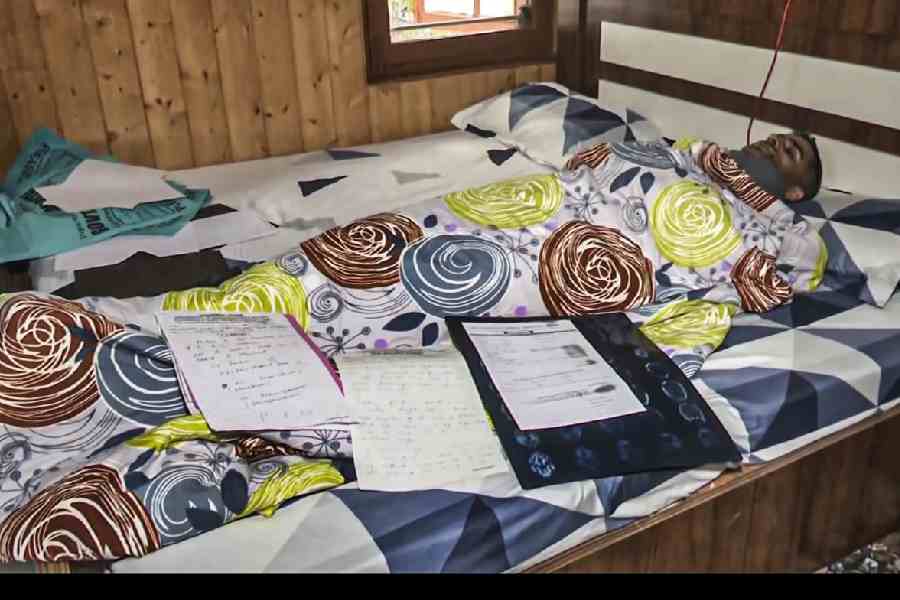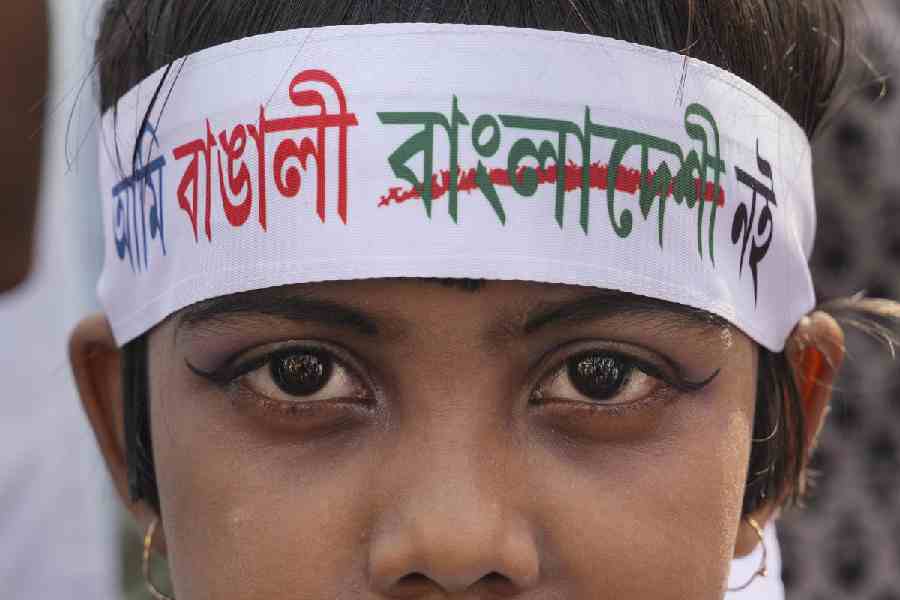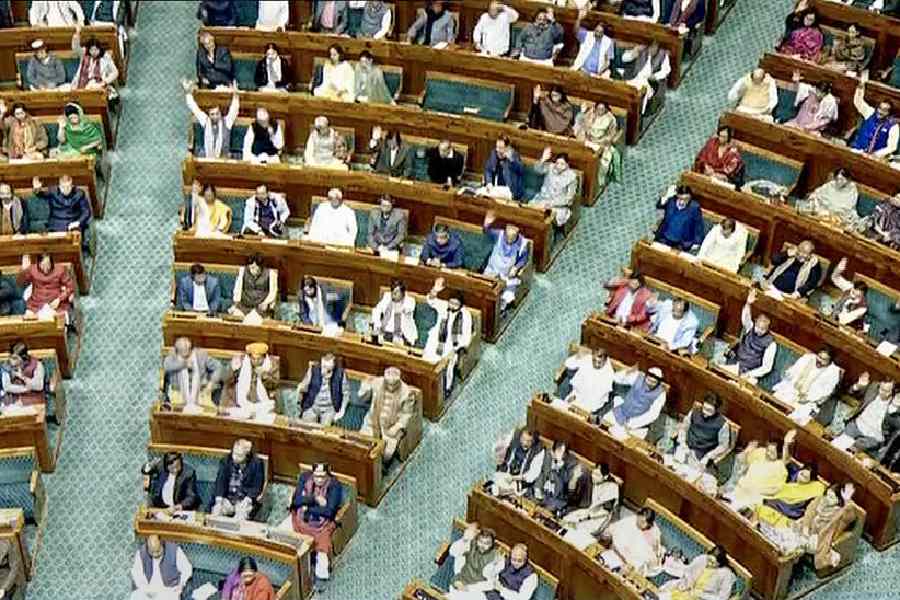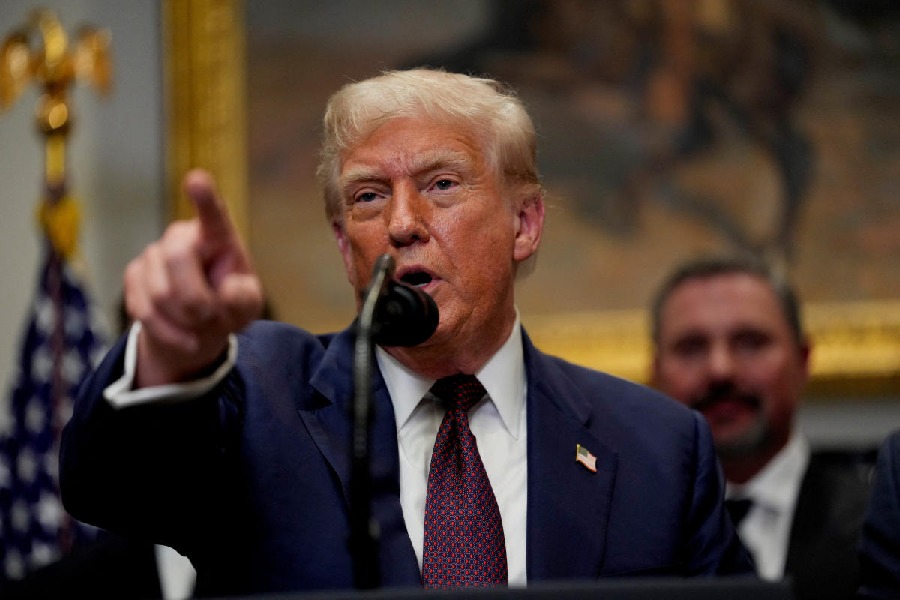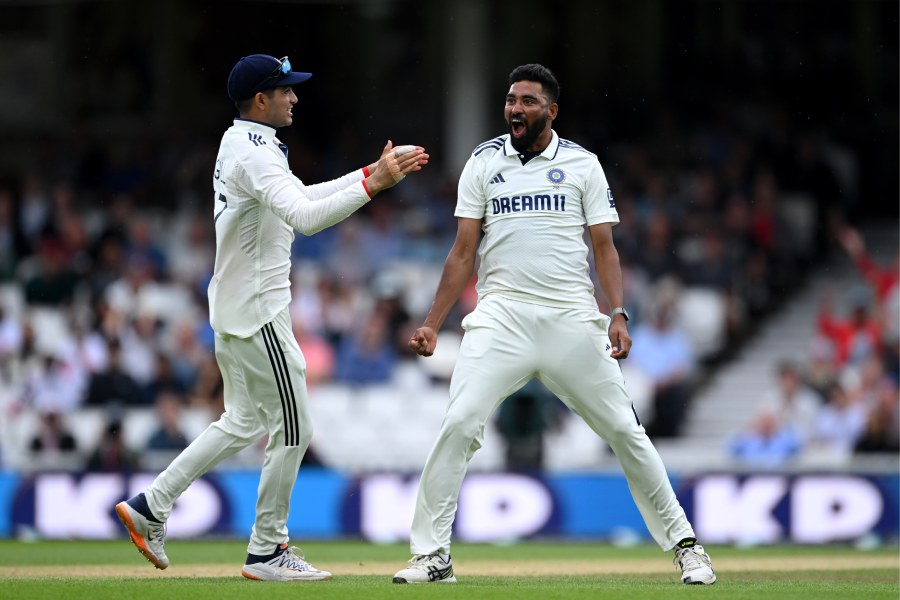 |
| Dalrymple at a city hotel. (Anindya Shankar Ray) |
William Dalrymple was in the city recently to launch his seventh book Nine Lives – In Search of the Sacred in Modern India. Metro caught up with the author
You are most often described as a travel writer. But you are a storyteller too. In Nine Lives, you are just a narrator. How would you describe yourself as a writer?
Writer will do (laughs). I have written two travel books (In Xanadu and From the Holy Mountain), a memoir about Delhi (City of Djinns), a compilation of journalistic writings (The Age of Kali) and two history books (White Mughals and The Last Mughal). This one (Nine Lives) could be called non-fiction short stories.
Getting the form of this book was a problem. The book went through a number of drafts and in the final draft, I took myself out. The stories of these people were so strong, I felt it would be of little interest to the reader where I stayed...
There’s also a second reason why I took myself out... western writers on Indian religion are either venting their frustrations over their own religious system or they have prejudices brought from their own religion. By letting these people tell their own stories, I could get around the danger of imposing myself on the material.
Nine Lives mostly deals with social outcasts and misunderstood religious sects. There is no story on the major religious groups of India…
This is not a comprehensive study of modern Indian religion and less still is it a firang’s search for a guru in an ashram. This is, as the title implies, nine lives about these nine people.
For instance, the love story of Kanai Baul (The Song of the Blind Minstrel) and his wife Arati and how Manish Ma (of Tarapith) brought them together… that’s the kind of stories this book is about.
In India, the correlation of religion and politics is undeniable. Did you encounter the power play of religion while writing this book?
As a journalist I have written hundreds of thousands of words on the rise of Hindutva, on Ayodhya, on Gujarat. In Nine Lives, the only story where politics actually impinged on the lives of one of my characters was the story of Lal Peri (The Red Fairy), based in Sindh. Talibanisation was directly relevant here and Lal Peri may become a refugee for a fourth time.
I put off writing this book for as long as I could... I thought people would say ‘We’ve heard this before…” But this is the first of my books to radically outsell in India the number of copies sold in Britain. In the UK, we sold 29,000 copies in six weeks and in India, 35,000 in the first two weeks.
What do you feel is the reason behind the commercial success of your books?
I suspect this is something other writers are not giving the people. You have this huge success in Indian writing in English in fiction but few in non-fiction... Ram Guha, Arundhati Roy, Namita Devidayal... so, there is space for people like me.
Sadhus and tantra have been widely written about, but mostly terrible rubbish. (However) if you sit with one of them and find how what he’s about, you find out they are far from freaks. Tapan sadhu (the skull-feeder of Tarapith) has a son who is a chartered accountant working with Tata (The Lady of Twilight).
In the story The Singer of Epics, you refer to the 9/11 attacks as Islamist attacks on America, not terror attacks. Why is that?
I try avoiding using the word terror, always, because then you’re already taking a judgmental position. I think terror is a word that has been manipulated, particularly by Israel and the Neo-Con far right to negate any understanding of where this is coming from. A Palestinian who is evicted from his land throws a stone at an Israeli soldier and he’s a terrorist.
It happens in India too. A company gets a contract to mine bauxite in Orissa and tribals evicted from their land suddenly become terrorists.
What are you working on?
I am taking a break, touring the world for the book with the people I have written about. The full show has Hari Das (performing the masked trance dance theyyam), the bauls, Pakistani fakirs from the shrine of Shah Abdul Latif and Susheela Raman singing Thevaram.
It was lovely writing this book, getting out of the dusty national archives of India. Sitting with a bunch of bauls with a bottle of Old Monk rum and a chillum of ganja till 3am is more fun. Everyone’s intrigued by the sexual yoga of the bauls, but I didn’t press them to tell me more.... We all know the outlines... “to close the mouth of the snake and boil the milk of bliss”...
Do you think the international exposure has had an impact on the bauls?
I didn’t “discover” them or anything. Before our performance at the Barbican Centre in London, I asked Kanai and Debu (Debdas Baul) if they had been abroad. Debu said, ‘yes, we’ve been to London... for a performance in 1971’. It turns out it was a performance for Mick Jagger!
So the exposure has always been there. But Kanai still lives in the cremation ground in Tarapith.
If you were to write another book on an Indian city, which would you choose?
Sitting in the city, I should say Calcutta. But no, I have another reason… seven generations of my family were born in the city. I have a Bengali great-great-great grandmother from Chandernagore. Somewhere in my veins I have a trickle of Bong blood. Another place I really would love to write about is Kerala.





